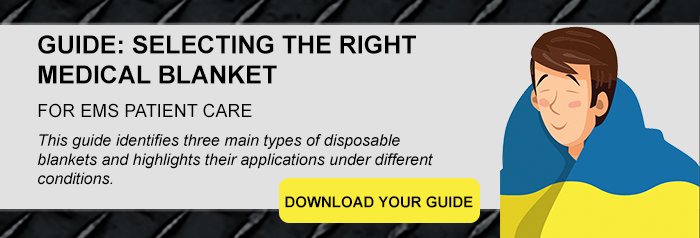 Many drivers think they are in the most danger during the winter months. It makes sense that the danger would increase when the days are shorter and the roads can be icy and slick. This misconception can lead to false feelings of safety when the weather is nice and sunny. In actuality, it is during the summer months when drivers and their passengers are at the highest risk of being in an accident.
Many drivers think they are in the most danger during the winter months. It makes sense that the danger would increase when the days are shorter and the roads can be icy and slick. This misconception can lead to false feelings of safety when the weather is nice and sunny. In actuality, it is during the summer months when drivers and their passengers are at the highest risk of being in an accident.
False sense of security.
While drivers tend to be more alert when it is darker outside or when there is bad weather, a bright summer day can lull drivers into a sense of complacency that leads to distracted driving. According to data from the NHTSA (the National Highway Traffic Safety Administration), the peak months for car accidents from year to year are typically July, August, and September.
Holiday travel and alcohol consumption.
NHTSA points to the higher number of holiday travelers in the summer months, and the markedly higher number of drivers that choose to drink alcohol and get behind the wheel, causing nearly twice as many traffic-related fatalities in the three summer months than in the other nine months, combined. A study by the Insurance Institute for Highway Safety found that August 2nd, the Fourth of July were the most dangerous days to drive all year.
Road conditions and highway construction.
There are more complicated and hazardous road conditions during the summer, especially as construction crews hit the highest activity all year, shutting down traffic lanes, increasing congestion, creating detours, and creating more chances for distracted driving to cause an accident. According to the National Workzone Safety Information Clearing House and other databases, fatal crashes in work zones occur most often in the summertime.
Equipment failure.
Vehicle failure often presents when a vehicle is under stress and during summer that usually involves heat. Older cars are more likely to have their engines overheat and worn tires are more likely to blowout, increasing the chances of a car accident.
More teens on the road and distracted driving.
Traffic researchers (including the NHTSA) found that teen drivers spend 44% more time driving during the week during summer months than they do during the school year. This means that the drivers with the least experience, and the most prone to distracted driving, are out in large numbers for longer periods of time.
What does this mean for emergency personnel? Many car injuries with varying degrees of trauma, all of which will involve patients needing comforting and many of which will involve patients in shock and some even losing blood.
One item you will always find useful when dealing with car crashes is a blanket. Medical blankets come in a variety of materials and have three main purposes:
- Visiblankets keep patients dry and warm, function as a windbreaker, and provide high visibility
- Comfort1 blankets provide greater warmth and comfort
- Hypothermia blankets are light and compact and function to retain body temperature while protecting against the elements.
Graham Medical has a variety of styles and options for all blanket types and your specific needs. To help you choose the perfect blanket for every situation, use our guide to ensure you provide the blanket with the necessary comfort and function when attending to the needs of your patient.

